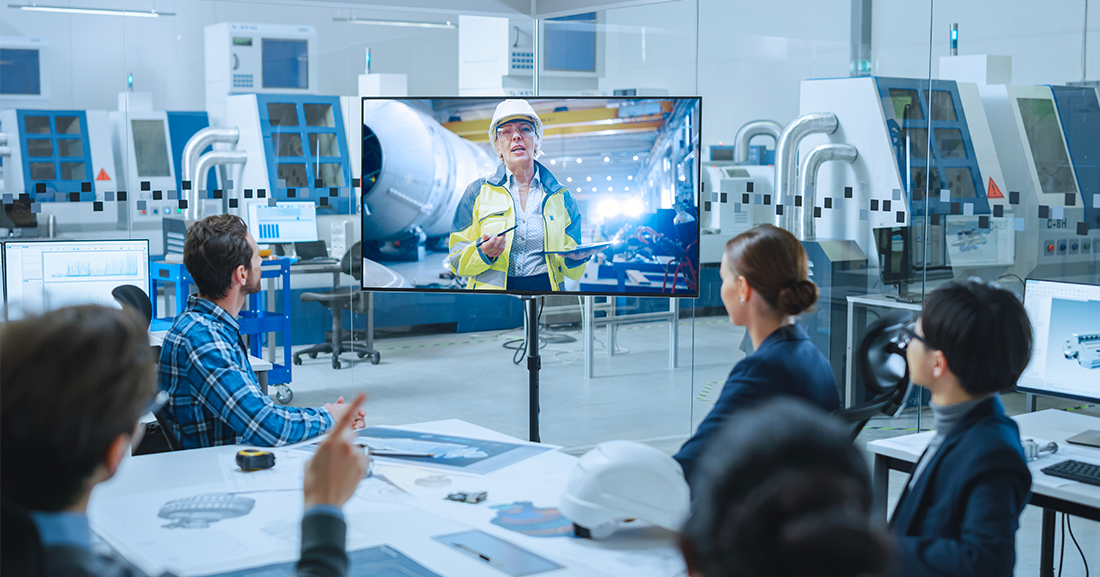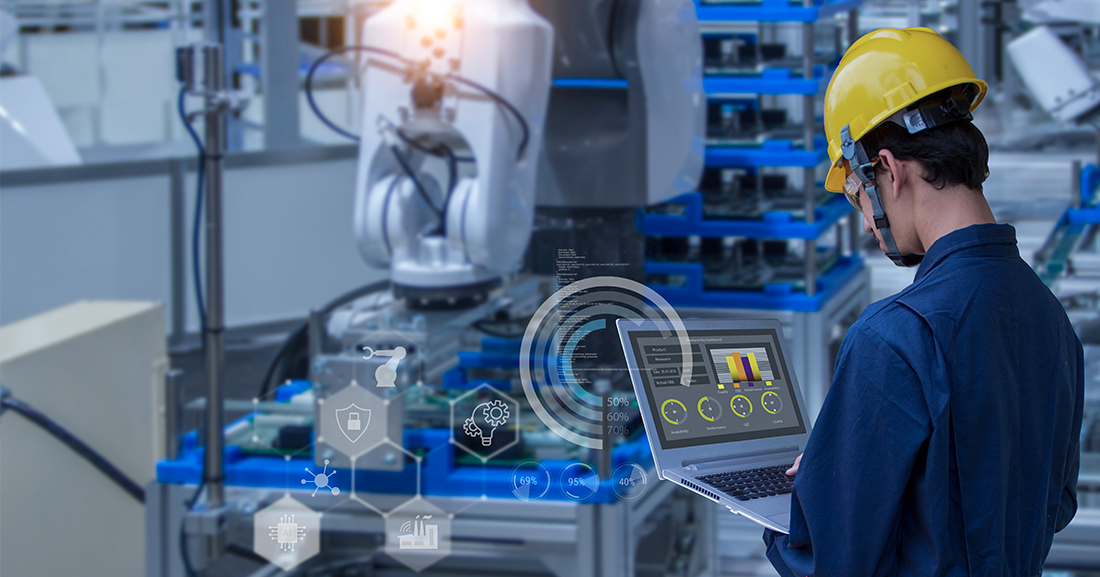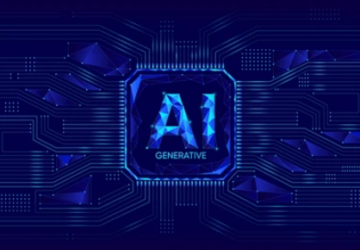98% of industrial companies launched projects based on digital technologies in 2022. At the same time, only 44% of them have seen results (a figure that has been steadily declining since 2019). This gap highlights the increasingly stringent demands of companies with regard to digital transformation and a growing pragmatism towards Industry 4.0.
Industrial digitization is a given, but in the face of numerous constraints and uncertainties in the global context, manufacturers carefully evaluate the relevance of investments in digital technologies and must ensure the profitability of a project before implementing it. Focus on the main benefits of digital technologies for industry throughout the project lifecycle.
Surmonter le mur invisible entre le concept et la réalité
The most profitable digital technologies are those that provide industrialists with solutions to the most costly problems. These include errors, delays, document synchronization issues, and the resulting inconsistencies, as well as communication difficulties among stakeholders. These problems create an invisible wall between concept and reality. The good news is that this wall is not insurmountable.
Visualize the entire project through multidimensional modeling
Traditional 2D or 3D plans have their limitations. They certainly offer a spatial perspective of industrial equipment, but often fail to capture its complexity, its interaction with the environment, and the project in which it is involved. This is where multidimensional modeling comes into play.

Today’s digital tools allow for the integration of all dimensions of an industrial project. Not only do they take into account the spatial dimensions (X, Y, Z) of the equipment, but they also include time, budget, materials, thickness, among others. With these multiple dimensions, project management and task planning become much more efficient, which results in:
- Time savings,
- a reduction in errors and inconsistencies
- an improvement in the overall project design.
Multidimensional modeling is not limited to providing a static representation of project data. It also allows for dynamic visualization, where the user has the freedom to adapt the display according to the specific task at hand and its unique features. This is a major asset for deep understanding and agile manipulation of complex projects.
Furthermore, immersive visualization represents another major advancement made possible by augmented reality and virtual reality. This technology makes information easily accessible, particularly for on-site operators who benefit from assistance in their tasks. In this way, they can navigate and interact with project data in an intuitive manner, thereby enhancing their engagement and efficiency.
Promote the dissemination of information and collaborative work
Traditional methods of industrial project management present significant challenges in terms of information dissemination and collaborative work. Information is often fragmented, versions can become desynchronized, and redundancies and inconsistencies are common, not to mention issues of compatibility and interoperability.
In this context, digital tools offer the possibility of simplifying project management by centralizing information and fostering better communication and smooth coordination. The digital twin, in particular, represents a major innovation in information management. By unifying all data sources and providing real-time visualization of changes, it facilitates information sharing, rapid iteration, and a better understanding of the project. This helps to avoid costly mistakes and delays, thereby promoting faster project completion.
These technologies prove to be extremely cost-effective in the long term: they contribute to better productivity, cost reduction, and faster project completion, offering a significant return on investment.

Automate the production processes
The automation of production processes using digital technologies, particularly AI and digital twins, is a cost-effective investment due to its optimization potential. For example, in aeronautics, AI applied to a digital twin can model and optimize the entire manufacturing process, creating an iterative loop of improvement.
Firstly, technical information is integrated into the digital twin. Sensors installed on the production line then collect real-time data, which is incorporated into the digital twin to enrich a machine learning algorithm. This AI is capable of predicting production performance, identifying potential problems, and suggesting improvements. These recommendations are implemented, performances are evaluated, and the results are used to improve the accuracy of the AI.
This cycle of continuous improvement, enabled by automation, leads to an increase in production efficiency and a decrease in errors, offering a significant return on investment through cost reduction and improved productivity.
Facilitate the MRO of industrial equipment
Beyond design, digital tools are relevant during the construction and operation phases of industrial equipment in that they help prevent risks and enhance safety on construction sites. For example, AI can analyze real-time data to identify potential hazards and suggest preventive measures, benefiting both employees and the longevity of the industrial equipment.
Digital technology is revolutionizing the operational readiness (MCO) of industrial equipment by generalizing automated preventive maintenance. The fundamental technology of this revolution is the digital twin. A virtual replica of an industrial equipment, it continuously collects operational data from its real-life counterpart. This data can include measurements such as temperature, pressure, operating speed, and other critical variables.

Coupled with AI algorithms, the digital twin can analyze this data to detect trends or anomalies that might indicate a potential failure. For example, a sudden rise in temperature or an unusual fluctuation in pressure could be early warning signs of a breakdown. AI can then flag these issues upstream, allowing maintenance teams to intervene and resolve the problem before a failure occurs.
By anticipating problems before they become costly breakdowns, these digital tools reduce operational maintenance costs. The savings achieved through reduced downtime and repair costs make it a long-term profitable investment.
The search for profitability guides the orientations of industrialists in the field of digital transformation. In this regard, investing in Industry 4.0 digital technologies brings tangible benefits. The improvement of project visualization, collaboration, process automation, and predictive maintenance contribute to increased efficiency, cost reduction, and a better return on investment.
*Source: Industry 4.0 Barometer, Wavestone, Bpifrance, France Industrie, 2022 Edition
Better understand the possibilities of SmartShape?
Schedule a demo

